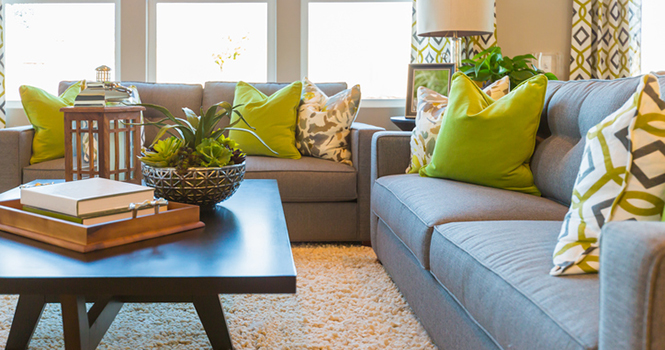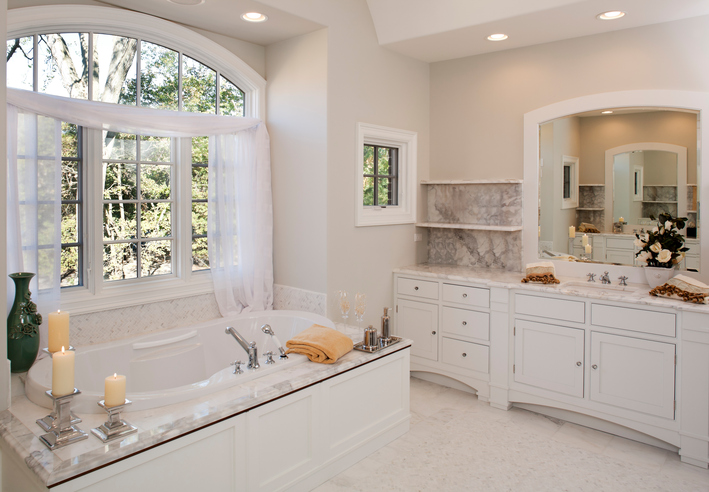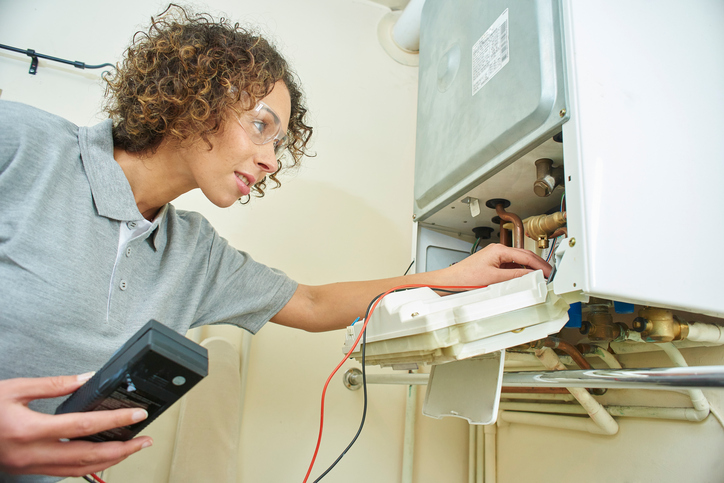Staging the Most Important Rooms in Your Listing
Why Stage?
Because it’s primarily individuals rather than companies who buy homes, it’s important to appeal to the largest number and widest range of buyers possible. Even the most basic DIY staging (like having your client pack up their extensive porcelain doll collection or take down their numerous hunting trophies) can help buyers without those specific interests envision themselves in the home.
When buyers can picture themselves in the home, they’re willing to pay more. NAR’s 2017 Profile of Home Staging reported that 29 percent of seller’s agents reported a 1 to 5 percent increase in offer amount compared to similar homes. A further 21 percent reported a 6 to 10 percent increase in their offer amount. Staging also decreases the amount of time a listing will spend on the market. Photos of a nicely staged home make people more willing to walk through a property they found online.
Living RoomWhat to Stage
You don’t have to stage every room in a house to get good results. For example, it’s far more important to stage the living room than the laundry room. Here are the most popular rooms to stage, according to the 2017 Profile of Home Staging, as well as some ideas of what you can do in each:
Remove the oversized couch and other bulky furniture and substitute smaller, narrower options. This will make the whole room feel larger. Also, remove all personal photos and enough books, movies and knickknacks to give the shelves extra room, emphasizing how the home offers plenty of “room to grow.”
Kitchen
Pack up all the small appliances and do-dads cluttering up the counter, from the coffee pot to the can opener. Clear off the top of the fridge and get rid of all coupons, magnets, personal bulletins, etc. Once all the useful but non-decorative clutter is gone, consider adding a fruit bowl or flowers to add some color to the kitchen. It’s also important to declutter inside the cabinets to make them seem more spacious when interested buyers start poking around.
Dining RoomMaster Bedroom
Again, start by decluttering. The only things on the floor should be furniture and maybe a rug. Most bedrooms don’t need much more than the bed, dresser, end tables, and a mirror. Make sure the surfaces of the furniture are cleared of all personal items. Remove any laundry baskets, TVs, and items visible under the bed. Dress the end tables up with a nice decorative lamp and make sure the bed is neatly and attractively made. If the master bedroom is particularly large, you can also add a comfy sitting area.
Dress the table up with a nice centerpiece and some simple but attractive place settings, but don’t make the table feel cluttered. If the table sits six, lay out four places. If it sits four, lay out two. This will ensure the table looks spacious and inviting. Remove any extra chairs that are gathered around the room, and make sure there is plenty of light, as well.
Bathroom
If you want the bathroom to appeal to buyers, make sure it is spotless. Everything from the tub to the walls should look fresh and clean. You should also remove any medications from the bathroom and put out fresh rugs and towels. Adding a few decorative candles or jars to the shelves will help create a more spa-like environment, as well.
Child’s Bedroom Outside
The first thing a buyer sees when they visit your listing is the outside. Make sure the lawn is freshly mown, the bushes are trimmed, the driveway is clear of leaves and weeds, the windows are clean, and you have an inviting threshold.
Start by packing up anything that will identify who the child in the room is, such as school memorabilia, sports jerseys, trophies or photos. Most of the toys and all electronics devices should go, as well. Try to emphasize the child’s bedroom as a creative space. A desk or table can help with this. Keep the center of the room clear to emphasize plenty of play space, and use a gender-neutral color scheme to help buyers imagine their children in the room.
Tom Stachler is a Michigan licensed real estate Broker and Builder working in the Ann Arbor, Saline and Dexter Real Estate markets. Please refer to the helpful Links above for more information about Buying or selling real estate, homes and condos when searching for one of the area's best real estate brokers.





 If you have an aging, oil-fired heating system and are dreading the day you’ll need to
If you have an aging, oil-fired heating system and are dreading the day you’ll need to 




